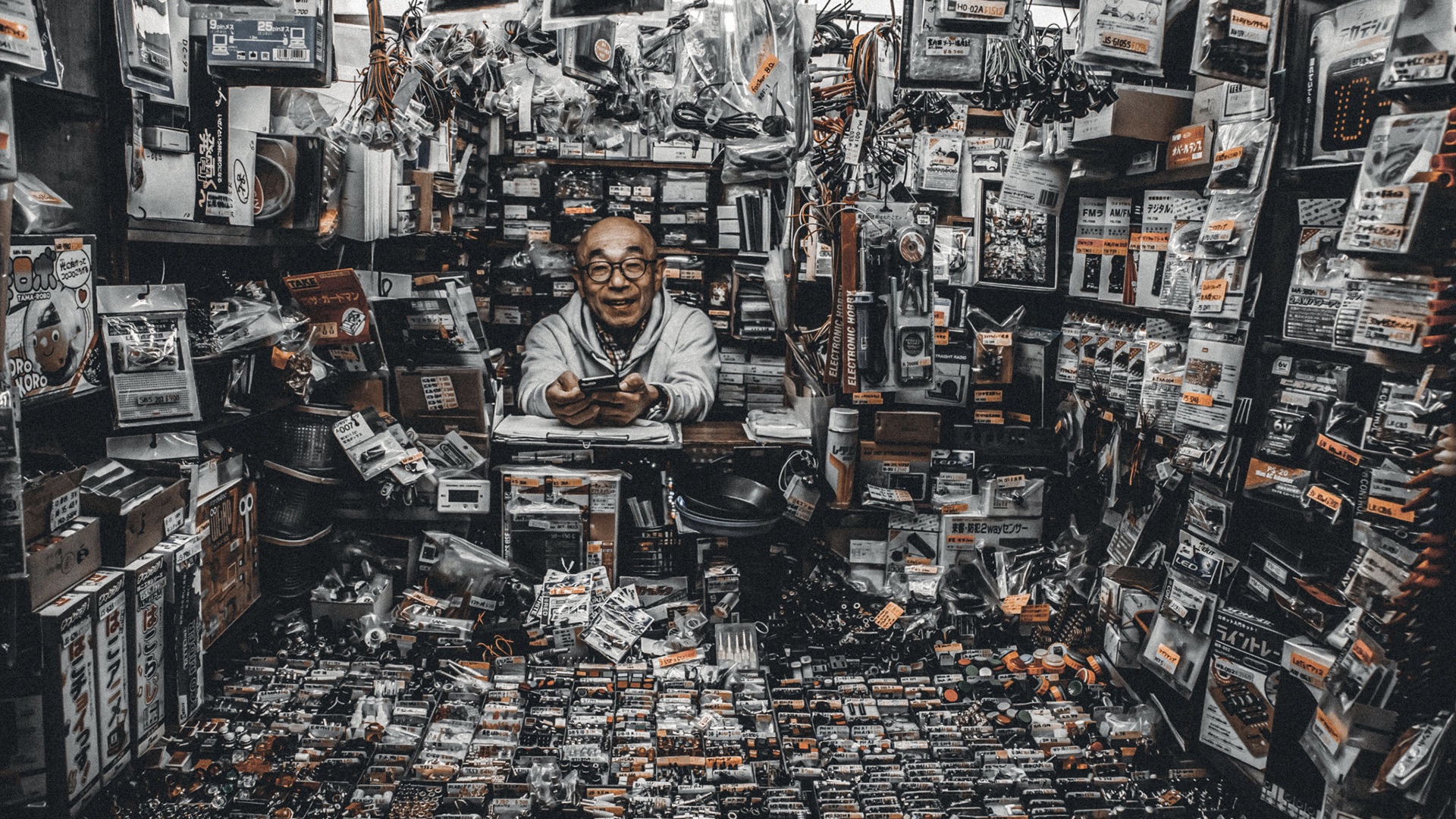What Does Street Photographers Do?
What Does Street Photographers Do?
Blog Article
Examine This Report on Street Photographers
Table of ContentsThe 7-Minute Rule for Street Photographers5 Simple Techniques For Street PhotographersStreet Photographers - An OverviewThings about Street PhotographersWhat Does Street Photographers Mean?
A style of digital photography that records everyday life in a public place. The actual publicness of the setup enables the digital photographer to take honest photos of strangers, commonly without their knowledge. Street professional photographers do not always have a social objective in mind, but they like to isolate and catch moments which could otherwise go unnoticed (Street Photographers).He was affected by numerous of those that influenced the road digital photographers of the 1950s and '60s, he was not chiefly interested in catching the spirit of the road. The impulse to visually record people in public began with 19th-century painters such as Edgar Degas, douard Manet, and Henri de Toulouse-Lautrec, who worked side by side with digital photographers attempting to capture the essence of metropolitan life.
Due to the relatively primitive modern technology available to him and the long direct exposure time required, he had a hard time to record the stress of the Paris streets. He trying out a collection of photo methods, attempting to find one that would enable him to record movement without a blur, and he located some success with the calotype, patented in 1841 by William Henry Fox Talbot. In contrast to Atget, professional photographer Charles Marville was employed by the city of Paris to produce an encyclopaedic file of Haussmann's city preparation project as it unfolded, therefore old and brand-new Paris. While the digital photographers' topic was basically the same, the results were noticeably various, showing the effect of the professional photographer's bent on the personality of the photos he produced.
Given the fine high quality of his photos and the breadth of product, designers and artists commonly bought Atget's prints to use as referral for their own job, though industrial rate of interests were barely his primary inspiration. Instead, he was driven to photograph every last residue of the Paris he loved.
The 25-Second Trick For Street Photographers
They reveal the city with his eyes. His work and basic understanding of digital photography as an art form served as inspiration to generations of photographers that complied with. The future generation of road digital photographers, though they likely did not refer to themselves thus, was ushered in by the photojournalism of Hungarian-born photographer Andr Kertsz.
Unlike his peers, Brassa used a larger-format Voigtlnder camera with a longer direct exposure time, forcing him to be a lot more computed and thoughtful in his technique than he may have been if making use of a Leica.
Cartier-Bresson was a champ of the Leica video camera and among the first digital photographers to he said maximize its capabilities. The Leica allowed the photographer to engage with the environments and to capture minutes as they occurred. Its fairly tiny dimension also assisted the digital photographer discolor right into the background, which was Cartier-Bresson's recommended approach.
All About Street Photographers
It is due to the fact that of this basic understanding of the art of picture taking that he is typically credited with uncovering the medium all over again roughly a century given that its development. He took pictures for even more than a half century and affected generations of professional photographers to trust their eye and intuition in the moment.
These are the concerns I shall try to address: And after that I'll leave you with my very own meaning of road photography. Yes, we do. Let's begin with defining what a meaning is: According to (Street Photographers) it is: "The act of defining, or of making something certain, unique, or clear"
No, certainly not. The term is both limiting and deceiving. Sounds like a street photography need to be pictures of a streets ideal?! And all street photographers, other than for a handful of absolute beginners, will totally appreciate that a road is not the key part to street photography, and actually if it's an image of a street with possibly a few monotonous people not doing anything of rate of interest, that's not street photography that's a photo of a road.
Facts About Street Photographers Revealed
He makes a valid factor don't you believe? Nonetheless, while I agree with him I'm unsure "honest public digital photography" will certainly catch on (although I do kind of like the term "honest digital photography") because "street digital photography" has been around for a long period of time, with lots of masters' names connected to it, so I investigate this site think the term is below to stay.
You can shoot at the coastline, at an event, in a street, in a park, in a piazza, in a cafe, at a museum or art gallery, in a city terminal, at an event, on a bridge, under a bridge ...
Yes, I'm afraid we worried no choice! Without guidelines we can not have a meaning, and without an interpretation we do not have a style, and without a genre we don't have anything to define what we do, and so we are stuck in a "policies interpretation style" loop!
The Facts About Street Photographers Revealed

Report this page